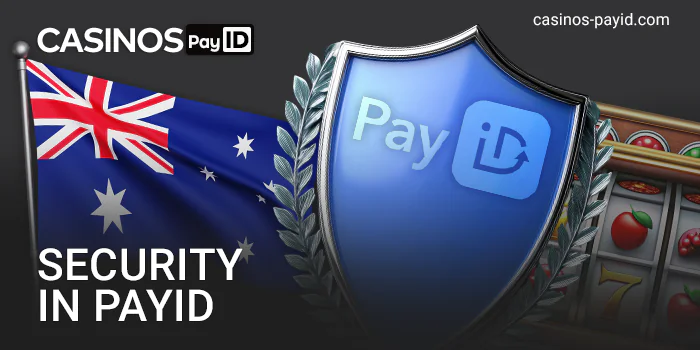Security in PayID: Full Information for Users from Australia
PayID is a service that allows Aussies to carry out transactions on the Internet using their phone number, email address, or ABN instead of their BSB or account number, and a lot of Australians wonder how secure is PayID. Most banks in Australia now accept PayID which is a major quality criterion but there are other aspects that can convince users that PayID is a safe choice.
Keep reading to discover details about the most important security measures implied by the PayID service. Check valuable recommendations that will help avoid all kinds of fraud in Oz.

Content
How is PayID Secure?
PayID is a safe and reliable method of making payments in Australia. This banking instrument implies the strictest security measures in the industry to protect the details provided by their users and warrant riskless transactions.
Not only your funds are protected by the bank’s fraud detection but also by additional tools. Take a closer look at them.
Encryption and Data Protection
Through complex cryptographic algorithms, the PayID service protects Aussie users from scammers. This includes end-to-end encryption protocols such as 128-bit SSL and AES (Advanced Encryption Standard) tools. Also, PayID actively implements monitoring mechanisms to prevent unauthorized access to their servers with stored data.
Secure Tokenization
Instead of using sensitive bank account details during transactions, PayID replaces them with a unique identifier called a token. This reduces the risks of individual data being exposed to fraudulent attacks and warrants that a potential attacker would find it hard to figure out original content from a given tokenized value.
Compliance with Regulatory Standards
The team behind PayID service adheres to various regulations and standards set forth by Australian authorities, such as AML (Anti-Money Laundering) and KYC (Know Your Customer). This service is also protected according to the relevant data privacy laws such as GDPR (General Data Protection Regulation).
Multi-Factor Authentication (MFA)
The MFA process requires more than one form of verification before granting access to the PayID account. Users not only should indicate their login (mobile number or email address) and password but also provide the exclusive code sent to their phone number or inbox. Sometimes, the MFA process also includes a fingerprint or facial recognition.
How to Avoid PayID Fraud?
While PayID itself is safe, it is important to always keep in mind additional measures to protect your funds from harm. Consider the following tips to avoid the unpleasant experience:
- Do not share sensitive PayID details, including your email address and mobile phone number, with unknown services or other users;
- Try to carry out transactions directly through the local bank instead of trusting obscure sources;
- Enable two-factor authentication for the PayID account to make the protection stronger;
- Review your bank statements and transaction history to find odd transactions and notify your bank about them swiftly;
- Avoid using public Wi-Fi networks for sensitive transactions.
